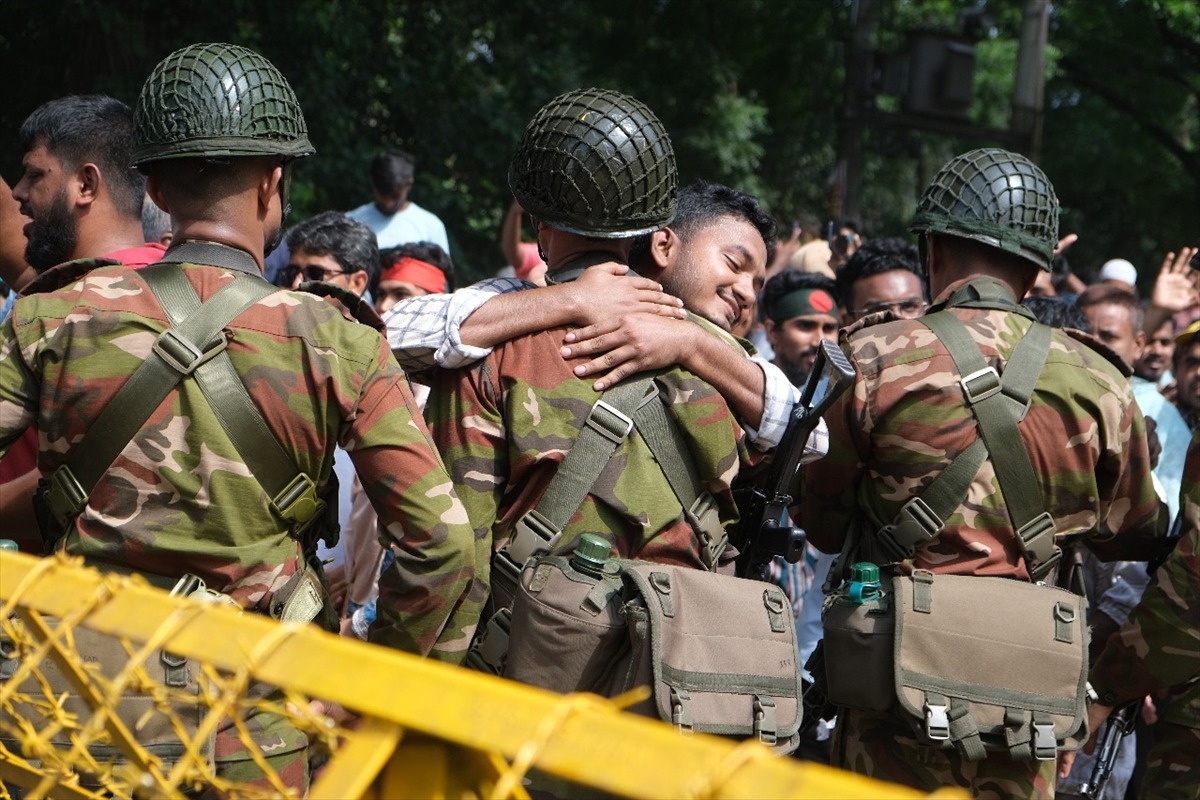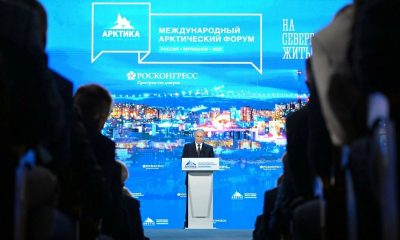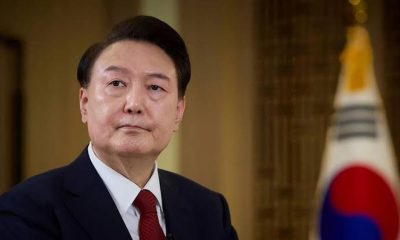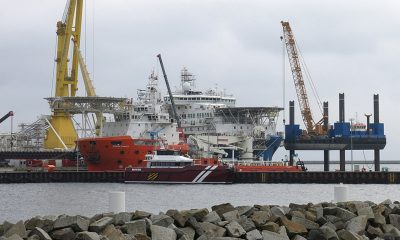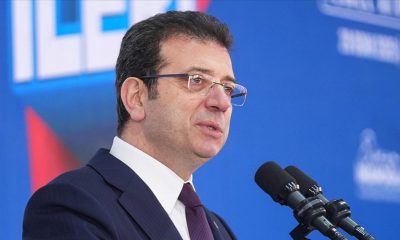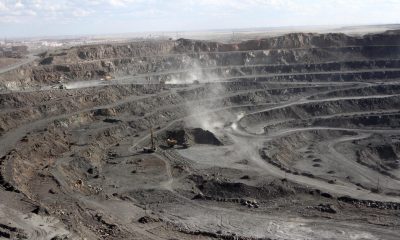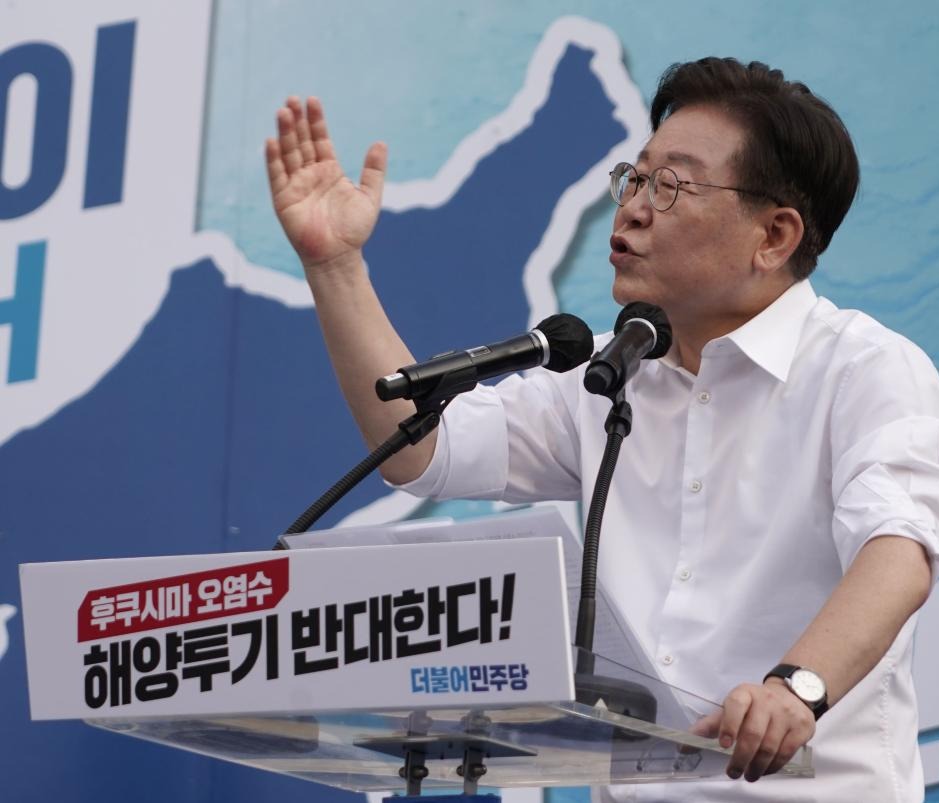Sabbaha Ali Khan Colince, a member of the central committee of the Workers Party of Bangladesh, gave Harici an assessment of developments in the country and the current situation: “Anti-freedom, far-right parties dominated the protests. The radical conservative Jamaat-e-Islami and the Bangladesh Nationalist Party are trying to form a new government in cooperation with the military and with the support of the United States. The majority of young people taking part in the protests are unhappy with this situation”.
Bangladesh, the South Asian country that declared independence from Pakistan in 1971, has been rocked by events that some call a ‘people’s movement’ and others a ‘coup’. Prime Minister Sheikh Hasina, 76, who has ruled the country since 2009 after her first term from 1996-2001, fled the country as a result of the events and sought refuge in neighbouring India.
Before her resignation this week, Hasina was one of the world’s longest-serving female leaders and a symbol of ‘secularism and democracy’ in the country, leading the Awami League, the party of her father, Mujiburrahman, who was deposed and killed in a 1975 coup. But despite being returned to power in recent elections, Hasina’s government has frequently been rocked by social movements and protests. With allegations of corruption on top of inflation and livelihood problems, Hasina’s government has suffered a serious loss of confidence.
The government’s introduction of preferential quotas for relatives of veterans of the country’s 1971 war of independence against Pakistan, which provided many jobs in the public sector, caused a huge backlash among young people, especially students, who are struggling with unemployment. Bangladesh is one of the most densely populated countries in the world and more than 30 million young people are unemployed.
The student-led protests were joined by opposition parties, including the radical conservative Jamaat-e-Islami and the Bangladesh Nationalist Party (BNP), and local sources say the opposition parties have taken control of the streets.
While Hasina did not back down in the face of the growing protests, more than 200 people were killed in the protests, which were met with a heavy-handed police response. Withdrawing the quota request was no longer enough to save Hasina.
Following Hasina’s resignation on Monday, military chief General Waker-Uz-Zaman announced in a televised address to the nation that he had taken temporary control of the country and that troops were trying to quell the growing unrest. General Zaman also said Hasina was in talks with leaders of leading political parties other than the long-ruling Awami League to discuss the way forward.
Bangladeshi President Muhammad Shahabuddin dissolved parliament on Tuesday, meeting one of the main demands of protesters following the resignation of Prime Minister Sheikh Hasina, and announced that 84-year-old Nobel laureate Muhammad Yunus would head the interim government.
Yunus, a banker popular in the West, won the Nobel Peace Prize in 2006 for his work in microfinance, which he said would help reduce poverty in Bangladesh.
In 1983, he founded the Grameen Bank with the aim of alleviating poverty through microcredit. The bank has grown rapidly, with branches and similar models now operating around the world. Yunus and the Grameen Bank were awarded the Nobel Peace Prize in 2006 after lending a total of around $6 billion in housing, student and micro-enterprise loans.
However, critics have viewed Yunus and the Grameen Bank with scepticism. The banker Yunus has been criticised on the grounds that high interest rates impoverish borrowers and that lenders make large profits on small loans. Yunus claimed that his aim was ‘not to make money, but to help the poor’.
Hasina, who resigned, had repeatedly criticised Yunus for ‘sucking the blood of the poor’ during her tenure. Yunus has been charged with ‘tax irregularities’ and most recently in June with embezzlement.
While it is notable that Muhammad Yunus, who is seen as close to the West and educated in the US, has come to the fore as a result of the protests, there are widespread assessments that the protests against Hasina were instigated by the US and other Western countries.
The US Assistant Secretary of State for South and Central Asian Affairs, Donald Lu, who visited the country in 2023, said that Bangladesh was ‘rapidly sliding into authoritarianism’ and held separate meetings with opposition leaders and ‘rights groups’.
In the run-up to the January elections, the US banged the ‘democracy’ drum and issued harsh criticisms and warnings to the Hasina government. After the elections, although Hasina’s Awami League party won 223 of the 300 seats in parliament, both the US and the UK criticised the elections as ‘not free and fair’.
In May, the US government imposed sanctions on retired Bangladeshi army chief Aziz Ahmed and his close family over corruption allegations. The move was seen as an attempt by Washington to influence the Bangladeshi government.
India, on the other hand, criticised the US’s tough stance against the Hasina government and warned that it could push Bangladesh closer to China. Indeed, the Hasina government has been trying to strike a balance between its historic friend and neighbour India and China, which is preparing to make major investments in the country.
Following the recent events, the European Union called for ‘an orderly and peaceful transition to a democratically elected government with full respect for human rights and democratic principles’, while the US called for an interim government. “The people of Bangladesh deserve a government that listens to their voices, respects their will and upholds the honour of their nation,” US Senate Foreign Relations Committee Chairman Cardin said in a statement.
We spoke with Sabbaha Ali Khan Colince, a member of the central committee of the Bangladesh Workers’ Party, about these debates and the current situation in the country. A former president of the Students Unity of Bangladesh, Colince was one of the student leaders who led the youth movements in the country.
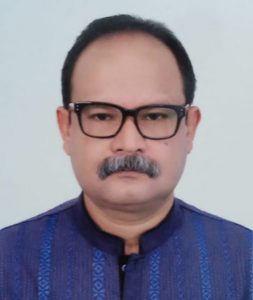
Speaking from the capital Dhaka, Colince said that the student protests began with socio-economic demands and that the quota system had created a huge backlash among young people struggling with unemployment. Colince explained that the quota system places certain people in certain positions within the state, adding that it excludes other qualified candidates and creates an unfair competitive environment. However, he also said that although this situation had triggered the protests, it was not the only reason. According to Colince, increasing corruption and mismanagement within the government had become apparent. Colince said that in a country struggling with high inflation, rising unemployment and dwindling foreign exchange reserves, the government was focusing on protecting the interests of a small number of business interests and businessmen within the party instead of protecting the interests of the people. He added that Hasina had resorted to repression and police violence rather than reforms to address public discontent.
Colince said that despite this, the protests were gradually moving away from economic demands and reactionary, anti-freedom and anti-democratic political parties were dominating the protests. The left parties failed to organise the response adequately and the radical Islamist Jamaat-e-Islami and the Bangladesh Nationalist Party took the lead in the protests, Colince said, stressing that army chief General Waker-Uz-Zaman only met and consulted with these parties after taking over. We had reported that General Zaman had announced that he had met with representatives of all parties except the Awami League, but Colince said the army chief had met only with Jamaat-e-Islami and the Bangladesh Nationalist Party, ignoring other leftist parties. “The army’s attempt to form a government with anti-freedom, reactionary parties like the Jamaat-e-Islami and the Bangladesh Nationalist Party is against all the values that the youth of Bangladesh stand for. It is against the spirit and principles of Bangladesh’s progressive war of liberation and independence” said. He stressed that the majority of the protesting youth were uncomfortable with this ‘army-conservative-nationalist’ combination trying to dominate the country.
Commenting on discussions about possible US involvement in the protests, Colince said that the US had instigated the protests through Jamaat-e-Islami and the Bangladesh Nationalist Party. Noting that the US had supported these parties before the elections, Colince said, “It is now very clear that the US has a hand in these events. “Unfortunately, I foresee a reactionary, anti-freedom, US-backed government for Bangladesh in the near future,” Colince said, adding that banker Mohammad Yunus, who has been appointed to head the interim government, is also known as an ‘Americanist’.
Sabbaha Ali Khan Colince, leader of the Bangladesh Workers’ Party, said he had not lost hope in the long term and that he had faith in the country’s labour and youth movement and its tradition, which was modelled on Bangladesh’s libertarian, democratic and progressive struggle for independence in 1971 and its principles.

Photos of the Workers Party Bangladesh’ demonstrations against Israel.
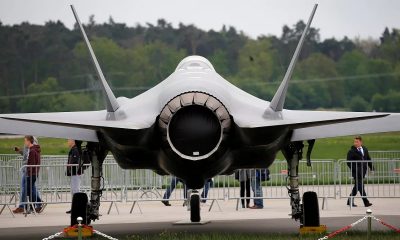
 EUROPE3 days ago
EUROPE3 days ago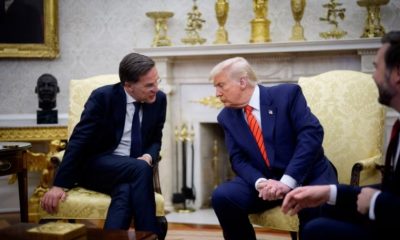
 EUROPE1 week ago
EUROPE1 week ago
 ASIA2 weeks ago
ASIA2 weeks ago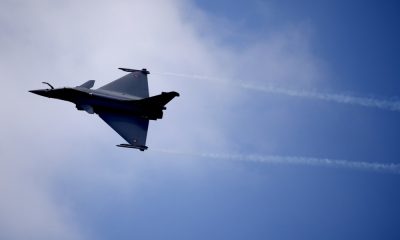
 EUROPE1 week ago
EUROPE1 week ago
 AMERICA1 week ago
AMERICA1 week ago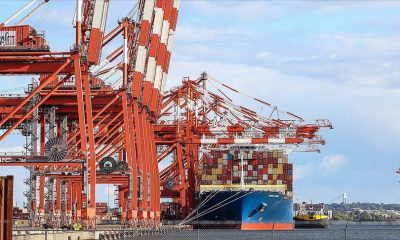
 DIPLOMACY4 days ago
DIPLOMACY4 days ago
 DIPLOMACY1 week ago
DIPLOMACY1 week ago
 RUSSIA2 weeks ago
RUSSIA2 weeks ago
